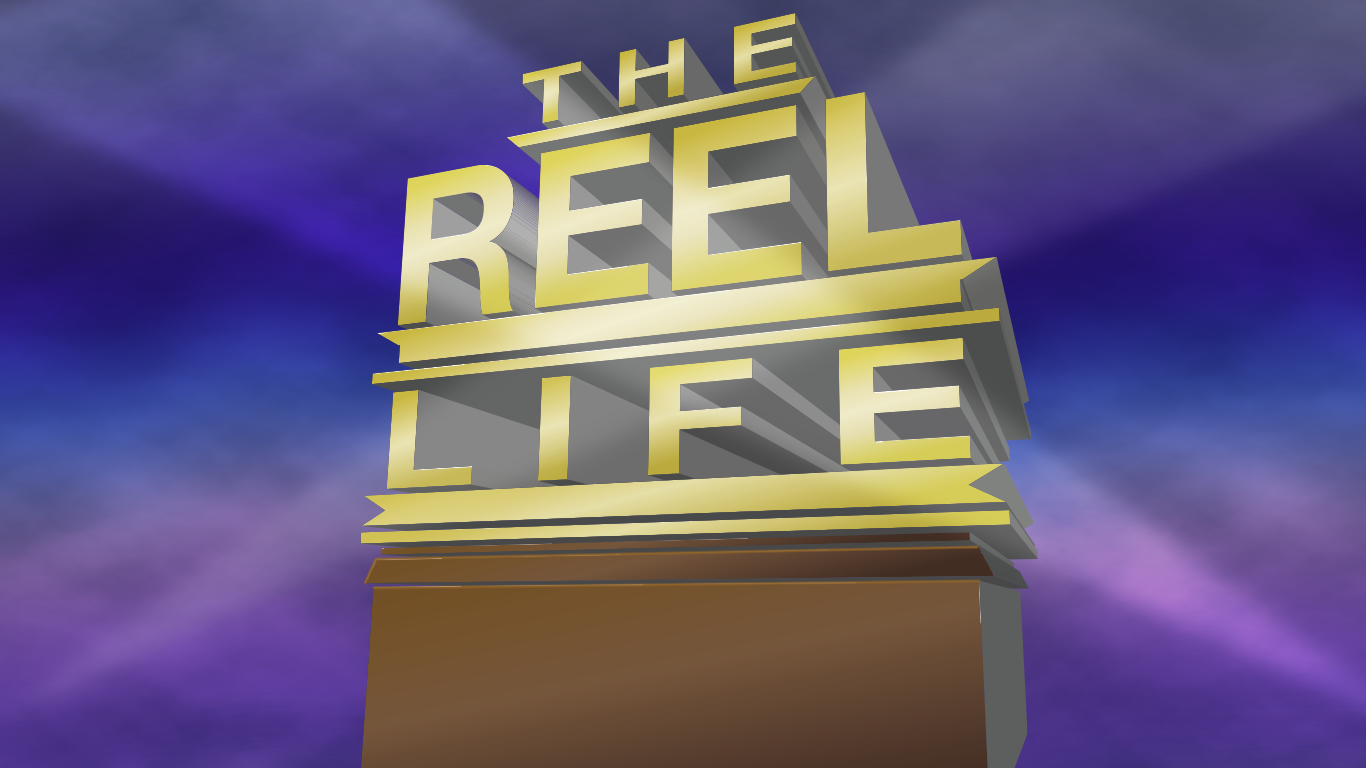The times they are a-stagnatin’
For music so loved the world, it gave us its favorite son, rock ‘n’ roll.
But rock ‘n’ roll didn’t just descend from the heavens riding a magic carpet made of steel; it had a birth like any other—messy, painful and rife with strange fluids.
No child wants to hear the story of their parents’ first meeting; it always sounds like something from that one movie at Blockbuster in the bottom-left corner of the romance section that nobody knows exists. But the story of blues and folk music is a unique one, as before they ever met, they were related. In other words, it’s a fairy-tale of incest.
Blues and folk music were two sides of the same faded coin; the blues an emotional cry, and folk an intellectual out-cry. It was music in its most honest, raw and vulnerable state—belted out from passing freight trains by ragged voices and battered guitars. They were farmers, hobos, the incarcerated and otherwise forgotten people—Woody Guthrie, Lead Belly, Robert Johnson—who are now essential pieces of the American mythos.
As we entered the ‘50s, record companies slapped an over-sized cowboy hat on folk music and dubbed it country and western, a gimmicky genre bereft of much substance—a comprehensible caricature of rural America. A fire was lit under the belly of the blues by such artists as Bill Hailey and Big Joe Turner, turning the genre into rhythm and blues—emphasis on the “rhythm”—which, in technical terms, turned that frown upside-down.
Then Elvis Presley came along in the mid ‘50s, planted his flag in un-colonized land, dubbed it rock ‘n’ roll and declared himself king. The only difference between rhythm and blues and what Elvis did was attitude; he shoved his arm down the song’s throat and turned it inside out. Following behind Elvis was Chuck Berry, who took the genre one step further, in that he wrote his own music, which often included folk-like stories, such as “No Particular Place to Go” or “Memphis, Tennessee.” And then there was Buddy Holly, who not only wrote his own music but produced it as well, once and for all transforming rock ‘n’ roll from a primal romp into artistry.
Early ‘60s rock ‘n’ roll built upon the attitude of Elvis, the narrative of Berry and the obsessiveness of Holly—a natural evolution. But a wild-card was introduced, in the form of Bob Dylan—a sponge of influence, from Arthur Rimbaud to Jack Kerouac to Little Richard. Dylan didn’t just rise folk music from the ashes, he gave it the ol’ “Pulp Fiction” adrenaline shot to the chest. Already great bands took note, like The Beatles, who released “Rubber Soul,” which was a far more lyrical installment than their previous albums. Other bands even formed themselves as an amalgamation of rock ‘n’ roll and folk music, such as The Byrds and Buffalo Springfield. At last, blues and folk were in a state of domestic bliss.
The divorce came in the late ‘70s, with the increased reliance on technology, which sucked the human element out of music; the slow re-focusing of substance to spectacle was equally as damaging—as much as I love the ‘70s output of David Bowie, he is partly responsible for this. These knives in the belly of rock ‘n’ roll finally finished the job in the ‘80s, an era of hollow, flashy pop music.
Sadly, this trend continues into the present times, with artists who have seemingly time-traveled from the ‘80s to wreak havoc on the future. The only solace we have is the knowledge that culture is a Sisyphean cycle, and that one day, the rock will roll itself back to the top, if just for a while.

